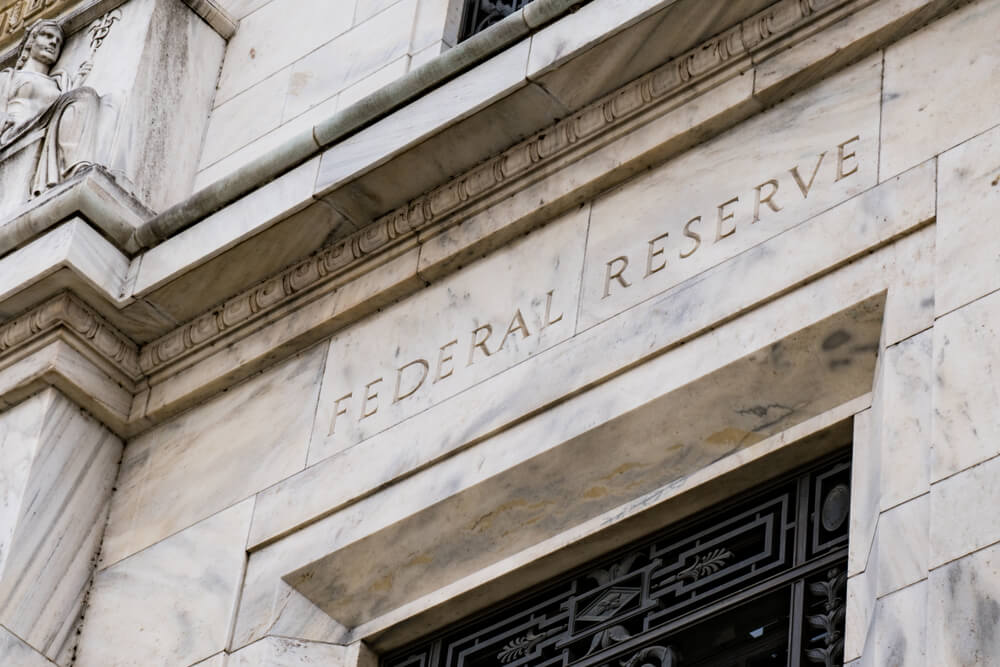St. Louis Federal Reserve President James Bullard said Monday that recent events have caused some uncertainty in U.S. economic growth, and that an interest rate cut “may be warranted soon.”
In materials prepared for a presentation in Chicago, Bullard cited ongoing trade tensions between the United States and China, and the surprise announcement of new tariffs on Mexican imports, led to “an environment of elevated uncertainty…that could feed back to U.S. macroeconomic performance.”
The Fed “faces an economy that is expected to grow more slowly going forward, with some risk that the slowdown could be sharper than expected due to ongoing global trade regime uncertainty,” Bullard said.
Bullard is also looking at inflation and inflation expectations that remain under target along with the bond market that recently flashed an “inverted yield curve,” a recession indicator.
“A downward adjustment of the policy rate may help re-center inflation and inflation expectations at the 2 percent target,” Bullard said. “Even if the sharper-than-expected slowdown does not materialize, a rate cut would only mean that inflation and inflation expectations return to target more rapidly.”
Bullard is a voting member of the Fed’s rate-setting committee this year, but many of his colleagues have been wary of lowering rates that are currently floating between 2.25% and 2.5% until an event shocks the economy into a downward trend. But that next shock may be coming soon.
Since the last time the Fed met, President Donald Trump has raised tariffs from 10% to 25% on $200 billion worth of Chinese goods, with a threat to raise tariffs on an additional $300 billion of goods if the sides can’t comet to an agreement. Trump coupled these tariffs with a technology ban targeting Chinese telecommunications giant Huawei.
These events sent the stock market into a downward spiral that saw the S&P 500 drop 6.5% in May, the worst May since 2010, after making steady gains after the collapse at the end of 2018.
Trump surprised the markets once again on Friday with planned 5% tariffs on Mexican imports starting on June 10 as an incentive for Mexico to reduce the number of immigrants entering the U.S.
The Fed will meet again in two weeks to announce new economic projections and consider a change in interest rates.
